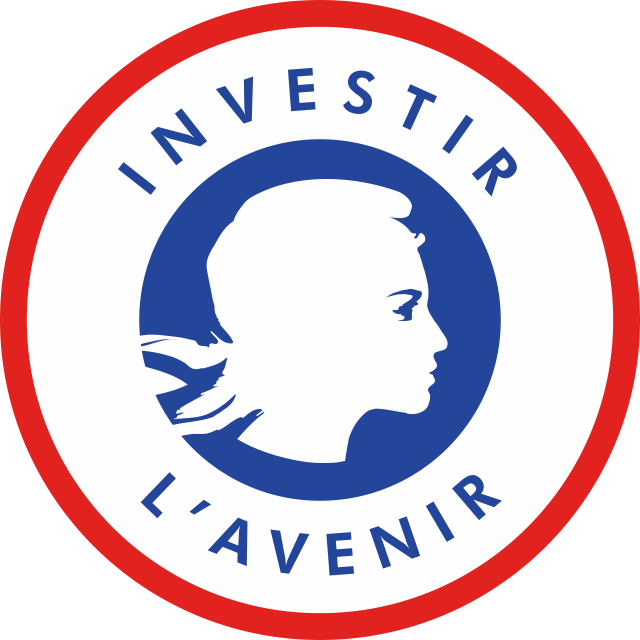Justin Hsu (Cornell University), Type Systems for Numerical Error Analysis
Programme
- 6 février 2025, 10:30 - 12:00
Résumé
Programs in numerical analysis and scientific computing make heavy use of floating-point numbers to approximate ideal real numbers. Operations on floating-point numbers incur roundoff error, and an important practical problem is to bound the overall magnitude of the error for complex computations. Existing work employs a variety of strategies such as interval arithmetic, SMT encodings, and global optimization; however, current methods are not compositional and are limited in scalability, precision, and expressivity.
Today, I'll talk about some of our recent work on NumFuzz, a higher-order language that can bound forward error using a linear, coeffect type system for sensitivity analysis combined with a novel quantitative error type. Our type inference procedure can derive precise relative error bounds for programs that are several orders of magnitude larger than previously possible.
If time permits, I'll briefly discuss a second type system called Bean for bounding backward error. Like NumFuzz, Bean is based on a linear coeffect type system, but it features a semantics based on a novel category of lenses on metric spaces. Bean is the first system to soundly reason about backward error in numerical programs.
Joint work with Ariel Kellison (Cornell).



